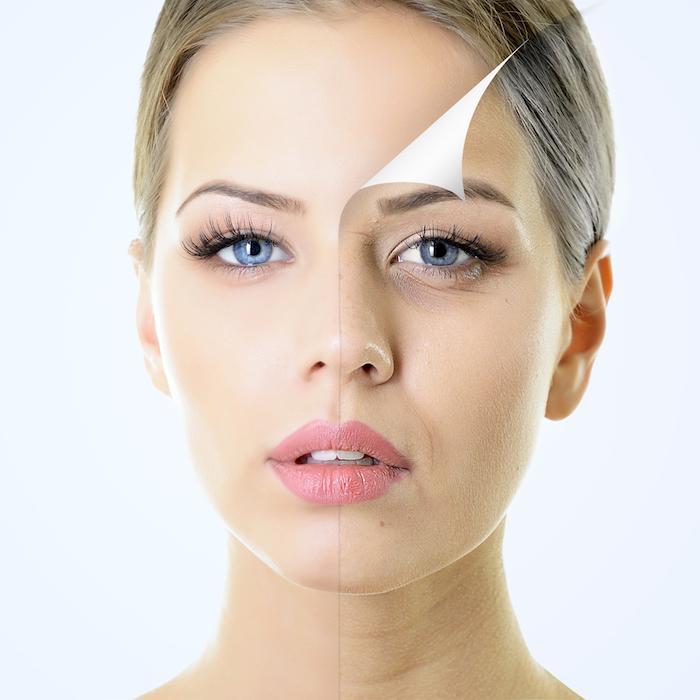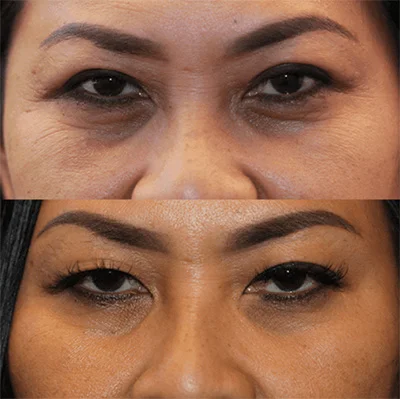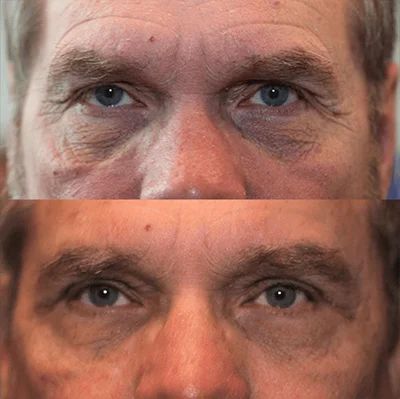
Winter weather saps the life out of your skin. Cooler temperatures and dry, blustery conditions can leave your skin dry, itchy, and flaky, and can increase the appearance of fine lines and wrinkles, making you appear older than you actually are. Fortunately, though, you have a great option for erasing damage — chemical peels.
At Arizona Ocular & Facial Plastic Surgery, Dr. Dustin Heringer and his team of experts understand how difficult winter skin treatment can be. Humidifiers and moisturizers are great, but they can’t undo the damage you’ve already experienced. That’s why they recommend chemical peels, and suggest they have the treatment in time to be ready for spring and fun in the sun.
Chemical peel basics
Chemical peels are by no means new, having a history dating back to ancient Egypt. They’re performed by applying an acidic solution to the skin to exfoliates and remove the damaged outer layers in a controlled manner. The treatment also reveals newly produced cells underneath, which have an improved color, texture, and structure.
While chemical peels are generally used on the face, they can be used to treat skin on other parts of the body as well.
The best time of year to get a chemical peel is during the winter, since the peel can make your skin sensitive to sunlight until it’s fully healed, and you’re more likely to be indoors during the colder months.
Skin also takes longer to heal when exposed to the sun’s ultraviolet light. Having a chemical peel in the winter leaves you plenty of time to heal before you hit the beach or bask in the warmer weather.
Used effectively, a chemical peel can:
- Smooth fine lines and wrinkles
- Decrease the effects of sun damage
- Minimize blemishes
- Even out skin tone
- Eliminate age spots and hyperpigmentation
- Improve acne blemishes
Chemical peels also improve skin texture, including chapping, scaly patches, and scars.
Types of chemical peels
There are three basic types of chemical peels, each of which uses a different kind of acid and addresses a different set of problems:
1. Superficial peel
A superficial peel uses alpha-hydroxy acid or another mild acid to penetrate just the outer skin layer of skin, providing gentle exfoliation. The solution is left on for several minutes before it’s neutralized and wiped off.
The treatment is used to improve rough skin and address mild skin discoloration, as well as refresh the face, chest, neck, and hands.
2. Medium peel
A medium peel uses glycolic or trichloroacetic acid to penetrate both the outer and middle skin layers, removing damaged skin cells. The solution is left on for about 40 minutes before it’s neutralized and wiped off. Because of the duration, you may be given a painkiller or an oral sedative to keep you comfortable.
The treatment is used to improve fine lines and wrinkles, age spots, freckles, and other moderate skin discolorations. It can also be used to smooth rough skin and even treat some precancerous skin growths, such as actinic keratosis.
3. Deep peel
A deep peel uses trichloroacetic acid or phenol to deeply penetrate the middle skin layer (the dermis) to remove damaged skin cells. The solution is left on for 60-90 minutes, generally applied in two sessions with a break in between, before it’s neutralized and wiped off. As with a medium peel, you may be given a painkiller or sedative for comfort.
The treatment removes age spots and freckles, moderate lines, and shallow scars. Once your skin is fully healed, you’ll see a dramatic improvement in its appearance. This procedure is only used on the face and can only be performed a single time.
Light and medium peels cause redness, skin irritation, and flaking, and take about 1-2 weeks before your skin returns to normal. Once healed, though, your new skin appears healthy and vibrant.
Deep peels require a longer recovery time — up to about a month — and you’ll need to wear bandages and apply topical medications regularly to prevent infection. After you’re fully healed, your skin will look fresh and clear.
Give your skin the chance to look its best for the coming summer season by scheduling a chemical peel this winter. Give our Scottsdale office a call or schedule your appointment online.



